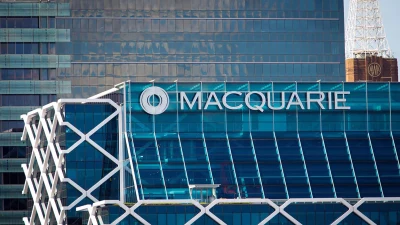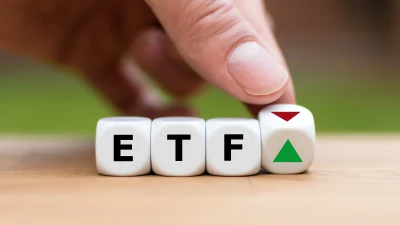Does chasing the highest dividend yields pay off?


Companies with the highest dividend yield can offer poor value for risk taken when compared to the market, and, at the same time, chasing dividend yields does not help maximise returns, according to Ausbil.
Instead, investors should focus on those companies that offered strong and growing dividends, with the potential for sustainable earnings growth, rather than those with the highest dividend payouts.
Similarly, high dividends might be indicative of a decline which in turn would create value traps. This would also serve as an indication for prospective investors of a potential lack of equity investing opportunities within given businesses, the firm said.
According to Ausbil, the solution to this was an active dividend income approach that would help investors avoid companies whose business models were in decline.
Michael Price, portfolio manager of the Ausbil Active Dividend Income Fund, explained that his fund applied an active approach to dividends in three ways, by focusing on an active top-down sector allocation, active security selection and active management of dividends.
“We’ve got analysts, models of over 300 companies, and want to make sure that we stick with our selection standards. We’ve got the high-quality stocks in the active dividend fund and we certainly don’t want a stock in the fund because it pays a dividend,” he said.
“So how are we going to get extra income? The third active aspect is the active management of dividends to get the extra income.”
Price explained that the fund would aim for “more dividend rather than high dividends”.
He stressed that some companies which tended to pay lower dividends chose to do so to reinvest earnings in their businesses.
“If high dividend yields companies are such because they lack productive projects in which to invest, in all likelihood they are disinvesting towards an ultimate decline in their business.
“Most companies maintain a balance between reinvesting and paying dividends,” Price stressed.
According to him, an active dividend income strategy could help increase income from companies with health dividends, but maybe not the highest, as these companies were also investing earnings into a growing business, hence their better earnings growth in the year ahead.
Recommended for you
Lonsec and SQM Research have highlighted manager selection as a crucial risk for financial advisers when it comes to private market investments, particularly due to the clear performance dispersion.
Macquarie Asset Management has indicated its desire to commit the fast-growing wealth business in Australia by divesting part of its public investment business to Japanese investment bank Nomura.
Australia’s “sophisticated” financial services industry is a magnet for offshore fund managers, according to a global firm.
The latest Morningstar asset manager survey believes ETF providers are likely to retain the market share they have gained from active managers.















